Introduction
Welcome back to our Gold investment series. Today's article is the 3rd instalment of the series to understand how to sell Gold back to your retailer. Viewers that have missed and would like to review previous articles can click the link to read "A Guide to Gold Investment" or "A Short Guide to Gold Fluctuations".
What are the key things you need to sell back your Gold?
In the section, we will explain what one needs to do to sell Gold back.
I) Proof of Purchase (Invoice): - Tip #1 - Always get an invoice from your local Gold bar retailer stating the following:
a) Invoice Date
b) Product Name
c) Product Quantity
d) Product Denomination
e) Product Serial Number
f) Customer Name, Address, and Telephone number
II) Product Care: - It is advisable to maintain the product & its packaging in the best condition possible. Avoiding areas that are too hot, cold or damp can aid in improving the product condition.
Why are these things important?
- Traceability & Trust: - Keeping purchase records of Gold bought will enable investors to sell their Gold to any buyer. The records instill confidence in the buyer to purchase legitimate (Gold that is not stolen or illegally acquired) Gold.
- Preserve Value: - Investors that ensure Gold bought preserved in its original condition will have an easier time locating buyers. There are buyers in the market that are particular when it comes to product & packaging condition. Buyers may quote lower prices for an investor's Gold if the condition is poor (damaged packaging).
How does it work?
The following section describes the process of selling Gold through a few scenarios.
Scenario A (Minted Products)
A customer of AME bought 100 grams of PAMP SUISSE Fortuna several months ago and now wishes to sell it back. We have included a sample image of the product:
As indicated in the images above, investors can notice that the packaging encapsulates the Gold. The reverse side of the packaging contains information about the product (Metal Purity, Denomination, Serial Number), essentially representing a "certification card".
Earlier in the previous section, we talked about preserving product and packaging, which applies to this product type. Assuming the AME customer has preserved the condition of the bar and can produce the invoice, the next step is for AME to quote a price (We explore prices in the next section). If the investor agrees on the quoted price, AME will take the Gold and make a remit the funds.
Scenario B (Cast Bars)
A customer buys a PAMP Suisse 100 grams cast bar several months ago and wishes to sell it back. We have included a sample image of the product:
The images above indicates that the cast bar is not in any form of packaging. Its certification card is a piece of paper that is separate from the Gold itself. Information on the certification card is identical to do minted bar packaging above.
Assuming the same conditions of excellent condition and proof of purchase, an investor will go through the same process as indicated in the "minted bar" section.
Scenario C (Cast Bars or Minted Bars sold to a different retailer, individual, scrap dealer or manufacturer)
The scenario described here is for investors who have decided to sell their Gold to a different party from initially purchased. The critical elements suggested in the earlier sections are essential in this scenario. Other parties may not have the information that AME has on the customer (purchase information). To instil trust and confidence in the buyer, investors will have to adhere to the critical elements.
How are prices quoted?
It is imperative to understand that Gold prices have both a bid and ask price (buying & selling). The international market quotes Gold prices in US dollars per troy ounce. One troy ounce represents 31.1034768 grams. The international market price represents the amount that buyers in the market will buy Gold.
How are prices quoted when an investor wants to sell Gold?
Companies will refer to the international Gold market bid price and add a discount (margin) to the price. The company quotes the investors the price for the amount of Gold they wish to sell.
Let us assume a scenario: - A customer intends to sell 100 grams of Gold.
The international market price is: -
a) USD 1905.00 per ounce
b) USD/MYR Exchange rate is 4.1230
We derive the price per gram by converting the Gold price in ounces to grams. USD 1905 divided by 31.1034768 gives us USD 61.25 per gram. The next step is to derive the Gold price per gram in Malaysian ringgit. USD 61.25 per gram multiply by 4.1230 gives us RM 252.52 per gram. RM 252.52 per gram is the amount a buyer would receive if he decides to sell one gram of Gold in the international market.
The company decides to discount the international price to make a profit of five per cent. RM252.25 multiply by 0.95 gives us RM 239.89 per gram. An investor that wishes to sell Gold will receive the price of RM 23,989 for 100 grams of Gold (RM239.89 multiply by 100 grams).
Weekly Gold Investment Series Guide
Checkout our blog weekly or subscribe to our newsletter for the latest Gold Investment Guides
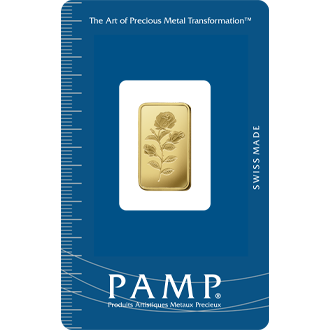
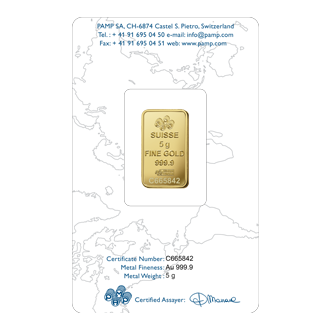
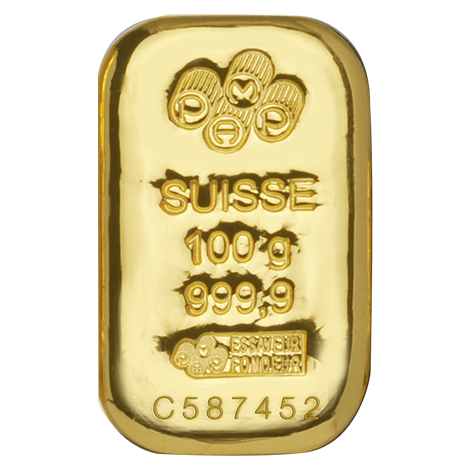
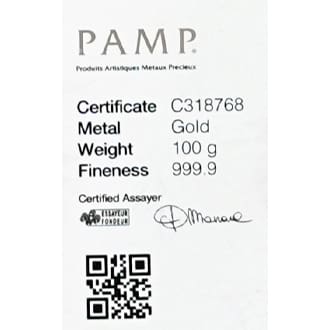

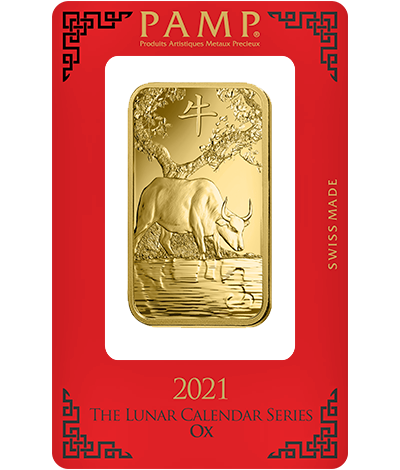
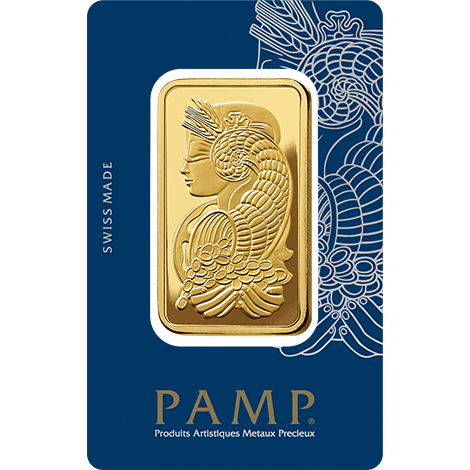
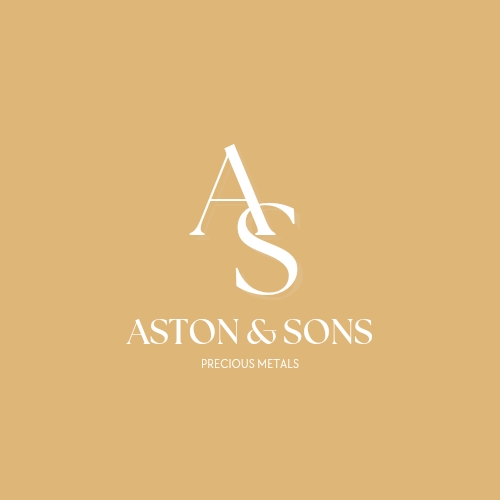
Dear Sir,
Re : Selling PAMP SUISSE Cast bar
In the event a Seller wish to sell the above item, but does not have certification nor purchase receipt as the item was received as a gift.
What is the procedure ?
Thank you.
Hi. We have replied you via email
Dear Sir,
Re : PAMP Lunar Calendar Year of the OX
Will this item be restocked ?
If yes, in what grams ?
Thank you.
Hi. We have replied you through email.